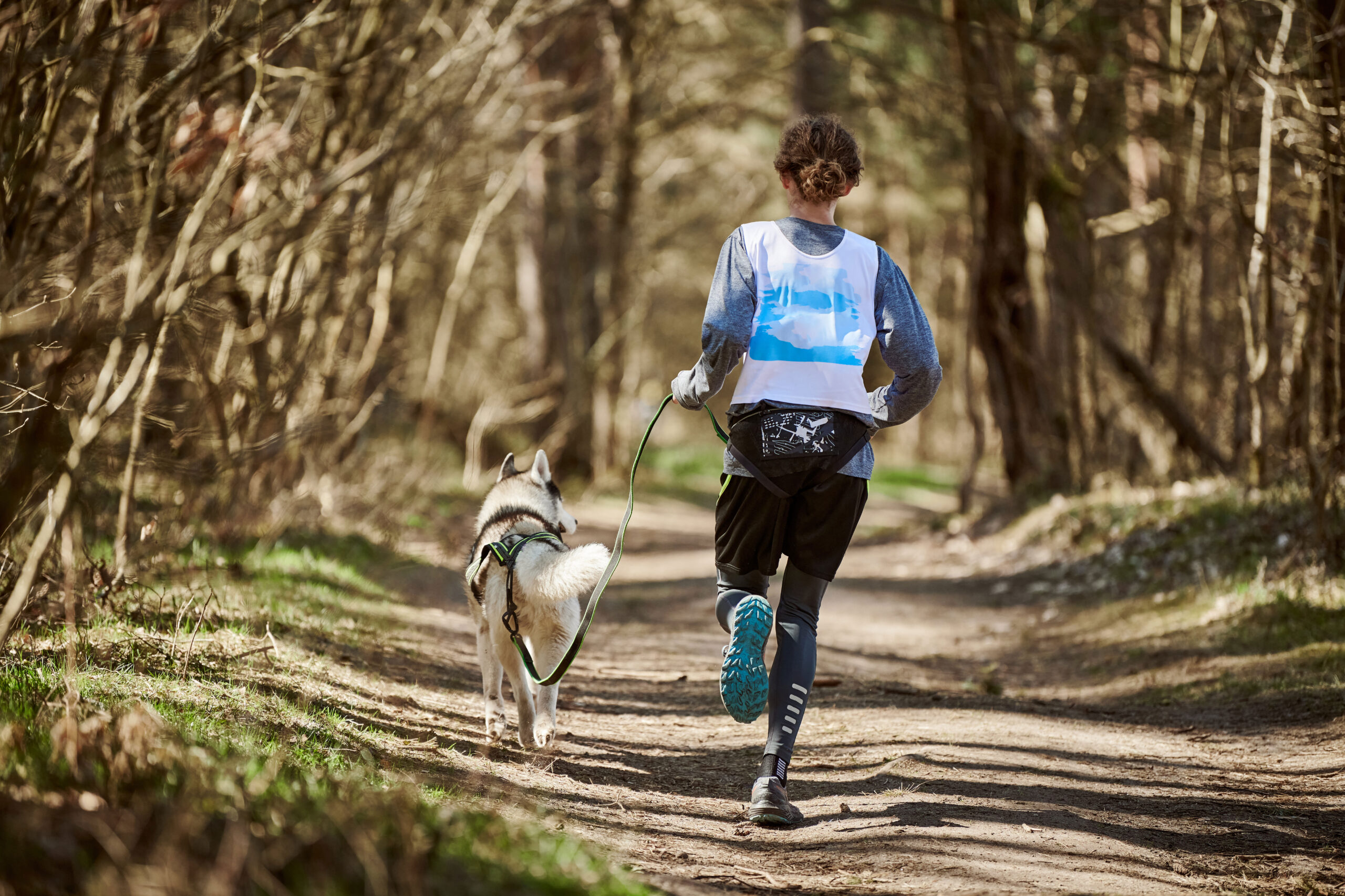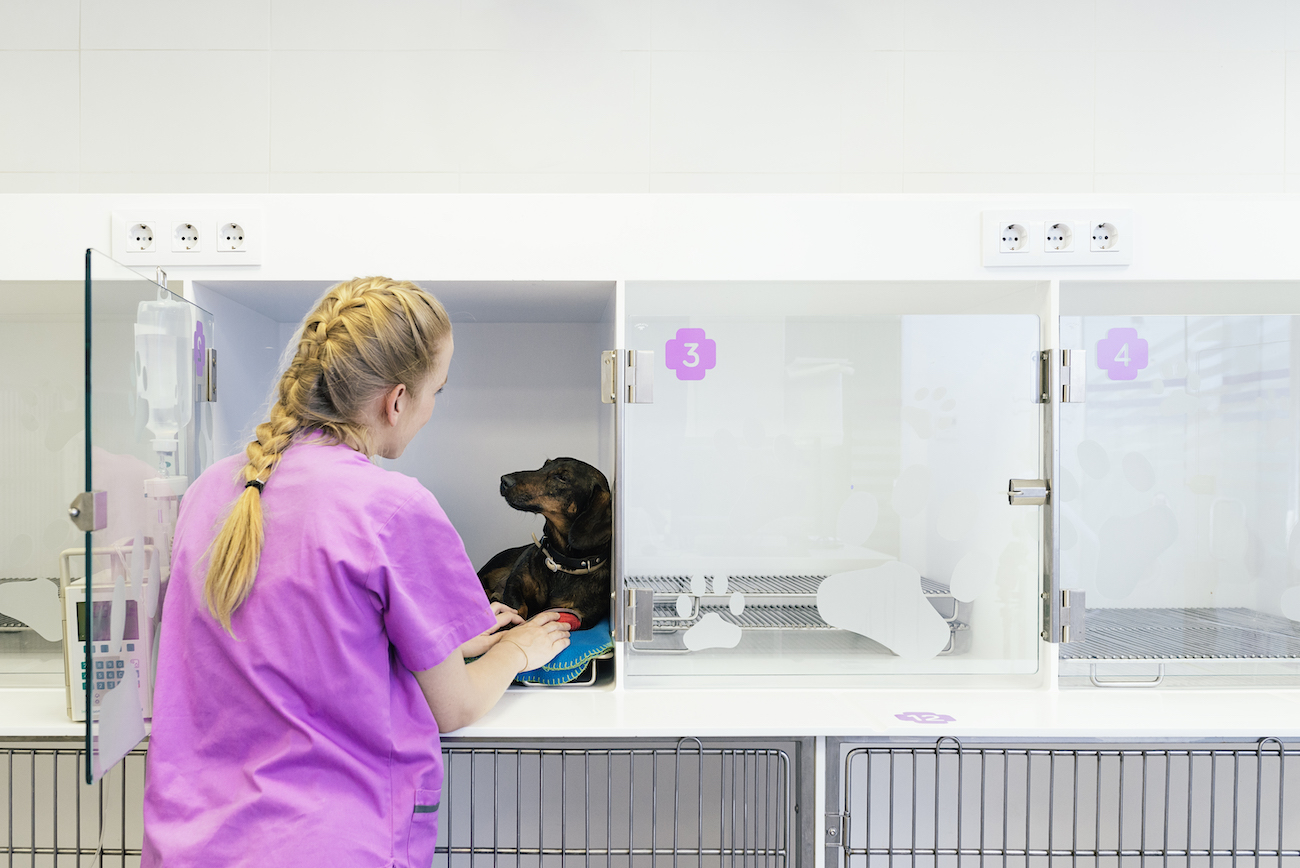5. Once the new bottle ready to be used, be certain to shake the bottle vigorously to assure the particles are evenly mixed. If there is time, you may want to store the bottle on its side for a day to have less material stuck to the bottom of the bottle or jar. If the bottle is glass, you can better see if the mixing is complete. Of course, be certain the lid is tightly sealed to prevent leakage. After the mixing is thorough, pour the contents into smaller brown or amber prescription bottles. This allows for more complete and consistent mixing. It also means there is less air or “head space” in the bottle, which means the medication will deteriorate more slowly than if there is more air. Only use new prescription quality bottles, and label the new bottles accurately with the product name and expiration date. Again, store them in the dark at the recommended temperature.
6. Finally, we are ready to treat the pet. Start with an accurate weight of the pet, using a scale of the appropriate range. Estimating the weight of the pet can lead to under-dosing of the medication, meaning your treatment goals will not be met. Or worse, you may over-dose the pet, causing the possibility of an adverse event.
7. Record the pet’s weight on paper or computer. Then refer to the dosing chart or drug dose reference. Many suspension medications such as dewormers have a chart on the bottle. You may need to use a calculator to determine the correct dose of medication. If the pet has been weighed in pounds and the dose is in kg or kilograms, divide the weight in pounds by 2.2 to determine the correct weight.
8. Measure the medication using a syringe. Remember ml (milliliters) and cc (cubic centimeters) are the same measurement. Using a spoon with a thicker medication will lead to underdosing as the medication is likely to stick to the spoon. The use of a syringe will be more accurate as the plunger of the syringe will deliver the entire dose of medication.
9. While it is tempting to put the medication in your pet’s food, this again can lead to underdosing. The pet may not eat the food with the medication on it as the pet can taste the medication which may be unpleasant. The medication may run off the food and pool in the bottom of the bowl or dish. Or the wrong pet may swoop in and eat the medicated food.
10. The best approach is to slip the tip of the syringe into the corner of the pets lips and slowly trickle the medication into their mouth. You do NOT need to open their mouth or teeth to give oral liquid medication.
11. Be certain to continue the medication for the number of days prescribed by your veterinarian to assure the best treatment outcomes.
12. If for any reason you are unable to complete the treatment course, such as you spilled the medication or the pet refuses the medications, contact your veterinary professional for an alternative treatment.
13. In special cases, medications can be compounded for your pet by compounding pharmacies. Compounding medication is not allowed for financial reasons. The only reason allowed is when the prescribed medication is not available in a size or formulation that can be administered to the pet. Compounding is considered legal when federal and state rules are followed.
14. Should your pet experience an adverse event, report this to your veterinary professional so they can report this to the drug manufacturer. This can help protect other pets from unfortunate outcomes. Keep the packaging so reporting can be complete.






